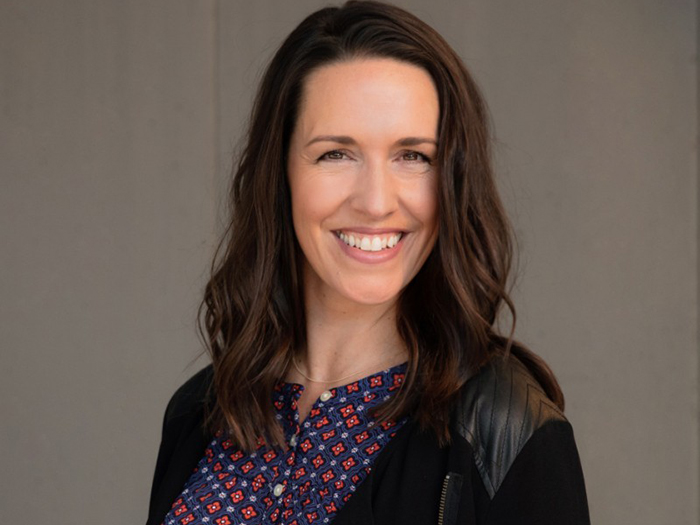Surplus Lines Thrive in Challenging Insurance Environment

The U.S. surplus lines insurance market continues to enjoy double-digit premium growth, with troubled property & casualty insurance lines providing key expansion opportunities as standard insurers retreat from volatile segments, according to a report by AM Best.
Premium growth in the surplus lines market peaked at 30% in 2021, according to the report. For 2024, surplus lines premiums increased 12.1% year-over-year for surplus lines insurers reporting data to the 15 individual state service and stamping offices nationwide.
Over the three-year period from 2022-2024, premiums increased by 28.8%. This growth was concentrated in four states—California, Florida, Texas and New York—which generated over 75% of total U.S. surplus lines direct premium written in 2024. These states also happen to be the largest contributors to total property & casualty insurance premiums, AM Best noted.
California’s market challenges exemplify the conditions driving business to surplus lines carriers. Even before the devastating 2025 wildfires, extreme weather events created unfavorable results for writers of both homeowners and commercial property coverage. As admitted insurers reassessed their risk appetite in the state, more business shifted to the surplus lines market—a pattern previously observed in Florida and Louisiana following elevated weather-related losses, according to AM Best.
“The California property market is likely to face more challenges in the near term, and surplus lines’ insurers could look to fill supply gaps as more admitted insurers become reluctant to provide market capacity in areas of the state,” said David Blades, associate director, AM Best.
Troubled Lines Create Significant Opportunities
Volatility in property insurance underwriting has significantly expanded surplus lines’ penetration in both commercial and personal property markets. Homeowners coverage in the surplus market more than doubled to $2.2 billion in 2023 from $1.0 billion in 2018, reaching its highest percentage of total surplus lines premium (1.5%) in the past decade.
“Although personal lines coverage, specifically homeowners’ insurance, remains a relatively small part of the overall surplus lines market, increased writings in that segment have contributed to the consistent premium growth for surplus lines—or nonadmitted—insurers,” said Blades.
General liability and commercial property have been the primary drivers of premium growth, together representing almost 70% of surplus lines market premium written through service and stamping offices over the past three years.
General liability coverages accounted for 36.9% while commercial property represented 32.9% of this premium. This trend highlights the surplus market’s adaptability in providing coverage for troubled risk classes using its freedom of rate and form when standard market carriers become reluctant to offer similar protection, the report noted.
The surplus lines market has strategically expanded in the same coverage lines generating unfavorable underwriting results for the broader property & casualty industry.
“The five-year average net combined ratios for the homeowners, commercial auto, and property catastrophe lines of insurance—which encompass commercial property, and both homeowners and farmowners multi-peril lines of coverage among others—all exceeded the breakeven combined ratio of 100,” the report stated. Commercial multi-peril coverage posted the highest five-year average combined ratio of 106.8 and the line averaged 104.4 over the past decade.
Specialized Protection Needed for Emerging Risks
Surplus lines insurers have demonstrated their ability to pivot during challenging market conditions by adjusting strategies, developing innovative coverage solutions, and modifying enterprise risk management principles, according to AM Best. This adaptability has allowed the segment to produce superior underwriting results compared to the broader property/casualty industry.
As businesses integrate newer technologies such as generative artificial intelligence into their operations and employ new scientific discoveries that present novel risk exposures, the role of surplus lines insurers will likely expand further, the rating agency stated.
Obtain the full report here. &










